Introduction
The Northern Chinese New Year cake, known as nián gāo (年糕), is a beloved culinary symbol of the Lunar New Year celebration. This sticky, chewy delicacy, often sweetened and sometimes filled with red bean paste or dates, represents prosperity, unity, and the hope for a sweeter year ahead. Crafting this treat at home is a cherished tradition that blends culinary skill with cultural reverence. In this comprehensive guide, we explore the history, ingredients, and meticulous process of making authentic Northern-style New Year cake, ensuring your kitchen becomes a hub of festive joy.
A Brief History of Northern New Year Cake
The tradition of eating nián gāo during the Lunar New Year dates back over a millennium, rooted in agricultural practices and folklore. The cake’s sticky texture symbolizes familial bonds and the desire for relationships to remain intact throughout the year. In Northern China, where winters are harsh, the cake’s dense, energy-rich composition provided sustenance during cold months. Over centuries, regional variations emerged, with fillings and preparation methods adapting to local tastes. Today, it remains a centerpiece of holiday feasts, embodying both nostalgia and innovation.
Ingredients: The Foundation of Flavor
Creating the perfect New Year cake begins with selecting high-quality ingredients. Traditional recipes rely on simplicity, but precision is key. Here’s what you’ll need:
- Glutinous Rice Flour (糯米粉): The star ingredient, this flour is milled from sticky rice and gives the cake its signature chewiness. Avoid substituting with regular rice flour, as it lacks the necessary glutinous properties.
- Rice Flour (大米粉): A small amount of regular rice flour is often added to balance texture, preventing excessive stickiness.
- Sugar: Brown or granulated white sugar sweetens the dough. For a healthier twist, honey or date paste can be used.
- Water: Essential for binding the dough. The temperature (lukewarm vs. cold) affects texture.
- Oil: Neutral-flavored oil (e.g., vegetable or peanut) prevents sticking and adds moisture.
- Fillings (Optional):
- Red Bean Paste: Homemade or store-bought, this sweet filling adds a contrasting layer.
- Dates: Pitted and chopped, they offer natural sweetness.
- Nuts: Crushed peanuts or walnuts for crunch.
- Flavor Enhancers: A pinch of salt or a splash of vanilla extract can elevate the taste.
Tools of the Trade
Equip your kitchen with these essentials to streamline the process:
- Steamer: A bamboo steamer is traditional, but a metal or electric steamer works too.
- Mixing Bowls: Stainless steel or glass bowls for combining ingredients.
- Whisk: For thorough blending of dry and wet ingredients.
- Spatula: Silicone or wooden, to scrape bowls and fold dough.
- Mold: A round or rectangular cake pan, preferably with a removable base for easy unmolding.
- Cheesecloth or Parchment Paper: To line the steamer and prevent sticking.
Step-by-Step Preparation
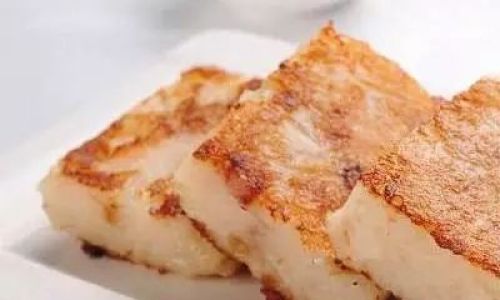
Preparing the Filling (If Using)
- Red Bean Paste: Soak 1 cup of adzuki beans overnight. Drain, simmer in water until tender, then mash with sugar and oil until smooth.
- Dates: Chop 1 cup of pitted dates into small pieces.
Making the Dough
- In a large bowl, whisk together 2 cups glutinous rice flour and ½ cup rice flour.
- Create a well in the center and add ¼ cup sugar, 1 tsp oil, and a pinch of salt.
- Gradually pour in 1½ cups lukewarm water, stirring continuously to avoid lumps. The dough should resemble thick pancake batter.
- Knead gently for 2–3 minutes until smooth. Cover with a damp cloth to prevent drying.
Assembling the Cake
- Line your mold with parchment paper or brush with oil.
- Pour half the dough into the mold, spreading evenly.
- Add a layer of filling (e.g., red bean paste or dates), leaving a ½-inch border.
- Top with remaining dough, smoothing the surface.
- Optional: Garnish with sesame seeds or crushed nuts.
Steaming to Perfection
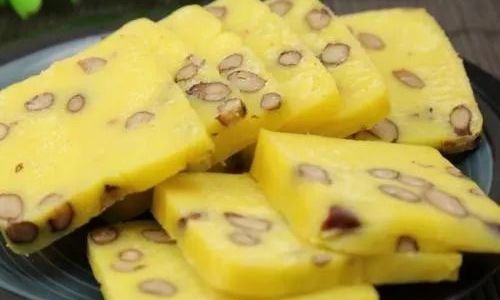
- Fill a wok or large pot with water, ensuring it does not touch the steamer basket.
- Bring water to a rolling boil, then reduce to a simmer.
- Place the mold in the steamer, cover, and steam for 45–60 minutes. Check periodically and replenish water if needed.
- The cake is ready when a skewer inserted comes out clean.
Cooling and Unmolding
- Allow the cake to cool in the mold for 15 minutes.
- Run a knife around the edges to loosen, then invert onto a plate.
- Let it cool completely at room temperature before slicing.
Cooking Methods: Beyond Steaming
While steaming is traditional, modern adaptations include baking or pan-frying.
- Baking: Preheat oven to 350°F (175°C). Bake the cake in a water bath for 60–75 minutes until firm.
- Pan-Frying: Slice cooled cake into pieces and fry in a nonstick pan with oil until golden and crispy.
Serving Suggestions
- Classic Style: Serve warm with a drizzle of honey or a sprinkle of coconut flakes.
- Creative Twists: Pair with fresh fruit (e.g., mango slices) or a scoop of vanilla ice cream.
- Savory Option: For a unique twist, serve with a side of fermented bean paste or pickled vegetables.
Regional Variations
Northern China’s vast landscape inspires diverse interpretations:

- Shandong Province: Adds jujube slices for natural sweetness.
- Hebei Province: Incorporates chestnut puree into the dough.
- Liaoning Province: Coats the cake in a layer of toasted sesame seeds before steaming.
Tips for Success
- Flour Ratio: Adjust glutinous rice flour to rice flour ratios for desired stickiness.
- Consistency: The dough should be thick but pourable; add water gradually.
- Steaming: Avoid lifting the steamer lid during cooking to prevent temperature drops.
- Sticking Prevention: Line the steamer with a tea towel to absorb excess moisture.
Health Benefits and Modern Adaptations
While nián gāo is indulgent, it offers nutritional perks:
- Glutinous Rice: A good source of energy-boosting carbohydrates.
- Red Beans: Rich in fiber, iron, and antioxidants.
- Low-Sugar Options: Use monk fruit sweetener or stevia for diabetics.
Storage and Reheating
- Refrigeration: Wrap tightly in plastic and store for up to 5 days.
- Freezing: Slice before freezing; thaw and reheat in a steamer or microwave.
- Reheating: Steam slices for 5 minutes or pan-fry until warm.
Conclusion
Crafting Northern Chinese New Year cake is an act of love, blending tradition with creativity. Whether you adhere to age-old recipes or experiment with modern flavors, this sticky delight bridges generations and cultures. As you savor each chewy bite, remember the centuries of hands that have shaped this treat, and the hopes they’ve embedded within it. May your nián gāo bring joy, togetherness, and a taste of timeless tradition to your table.
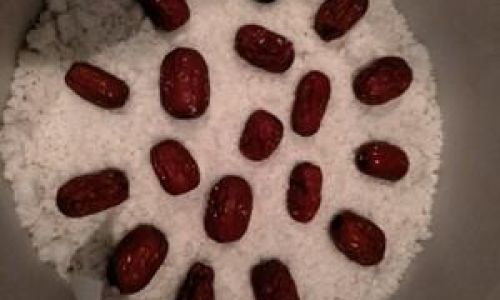
Word Count: 1,720
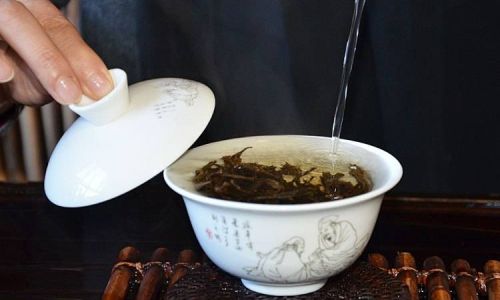

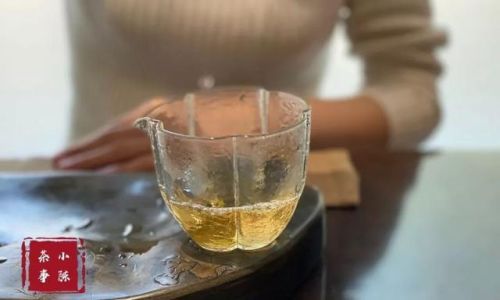
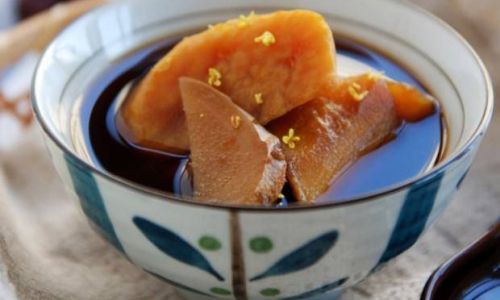
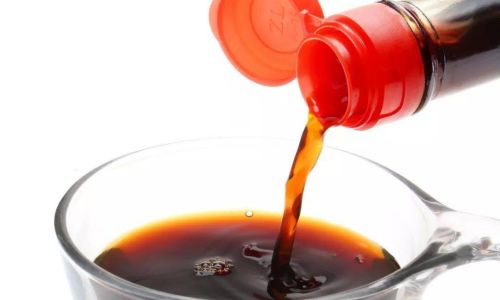
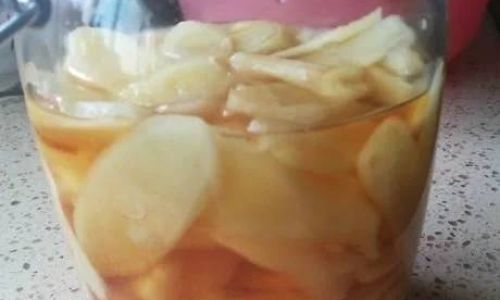
0 comments